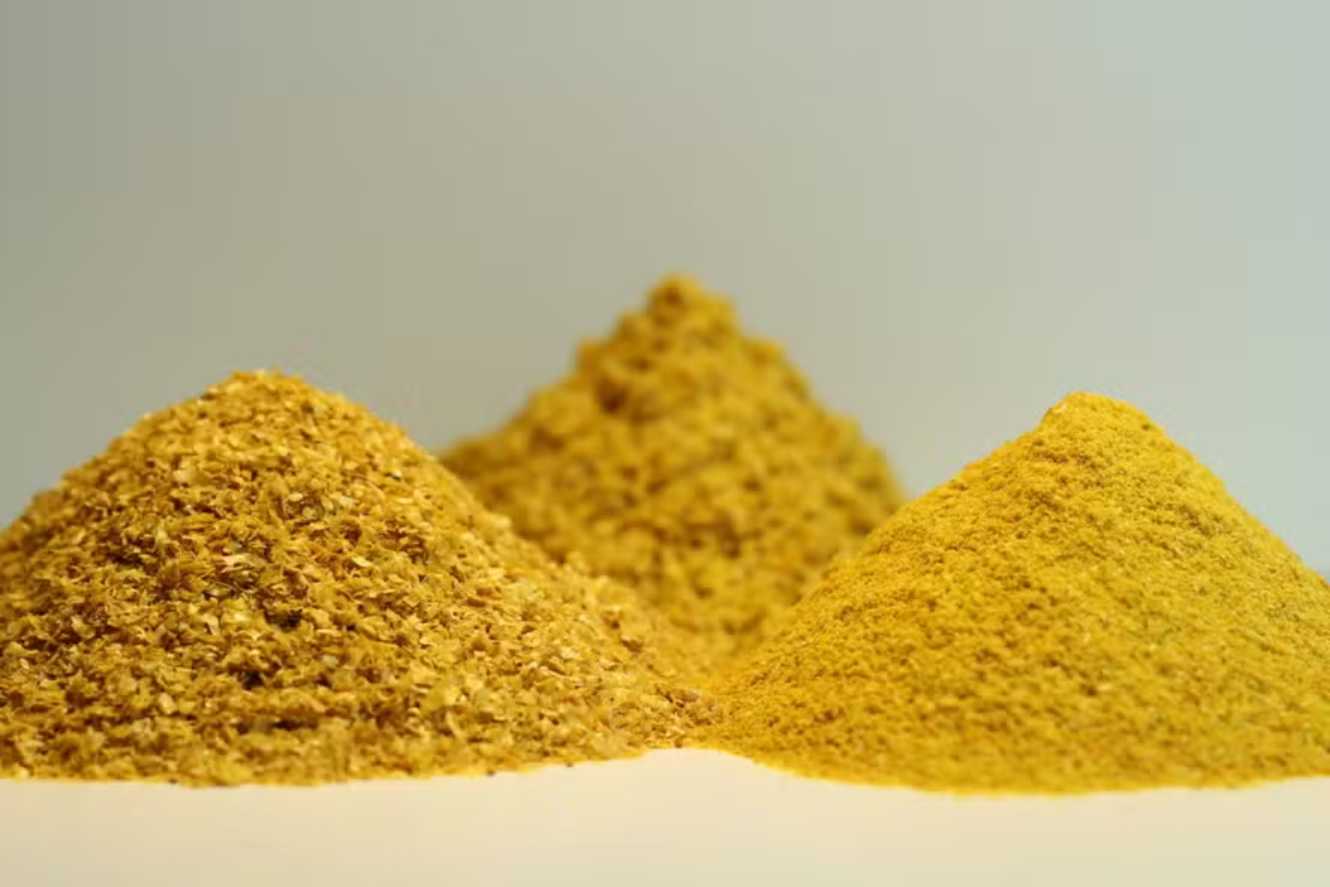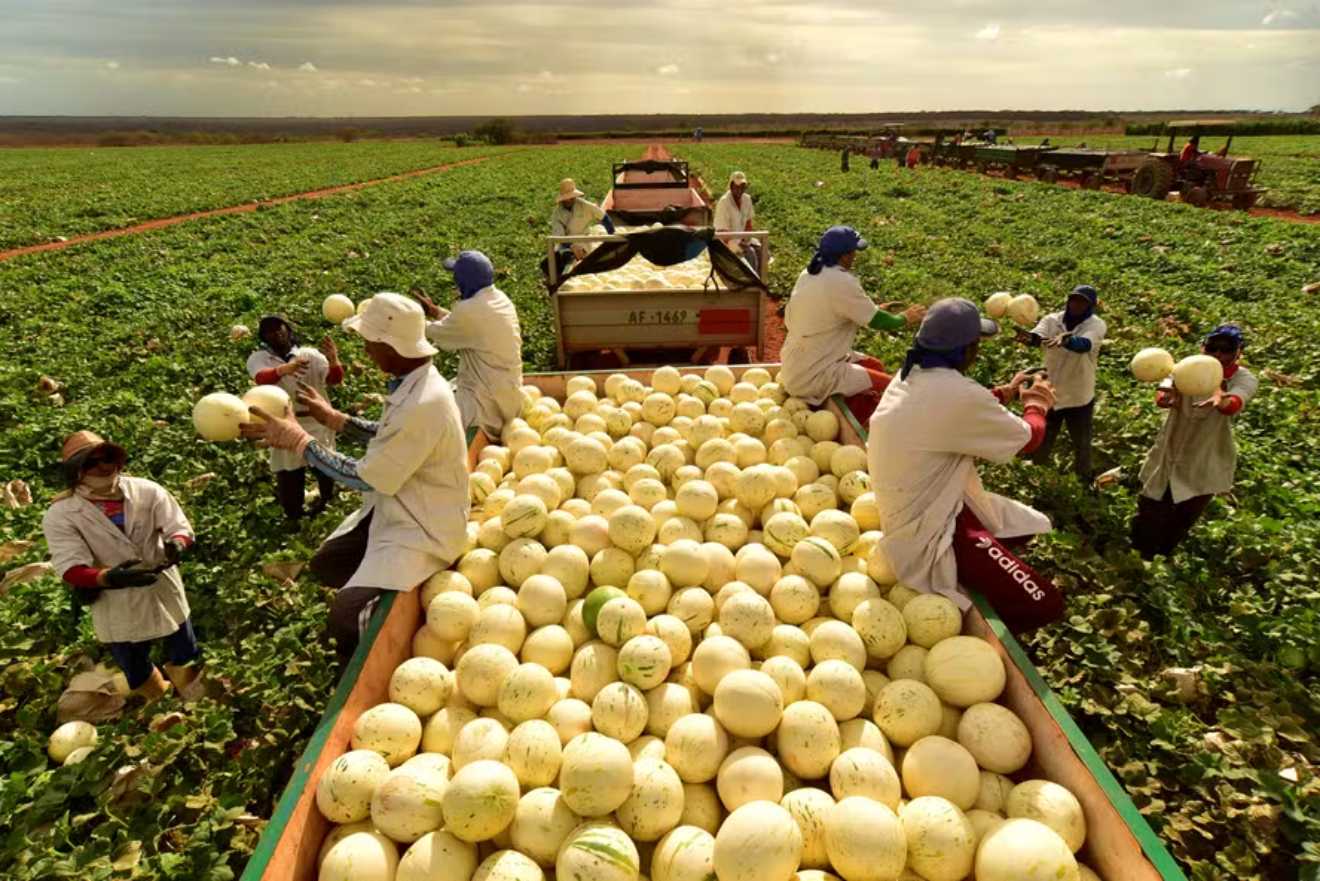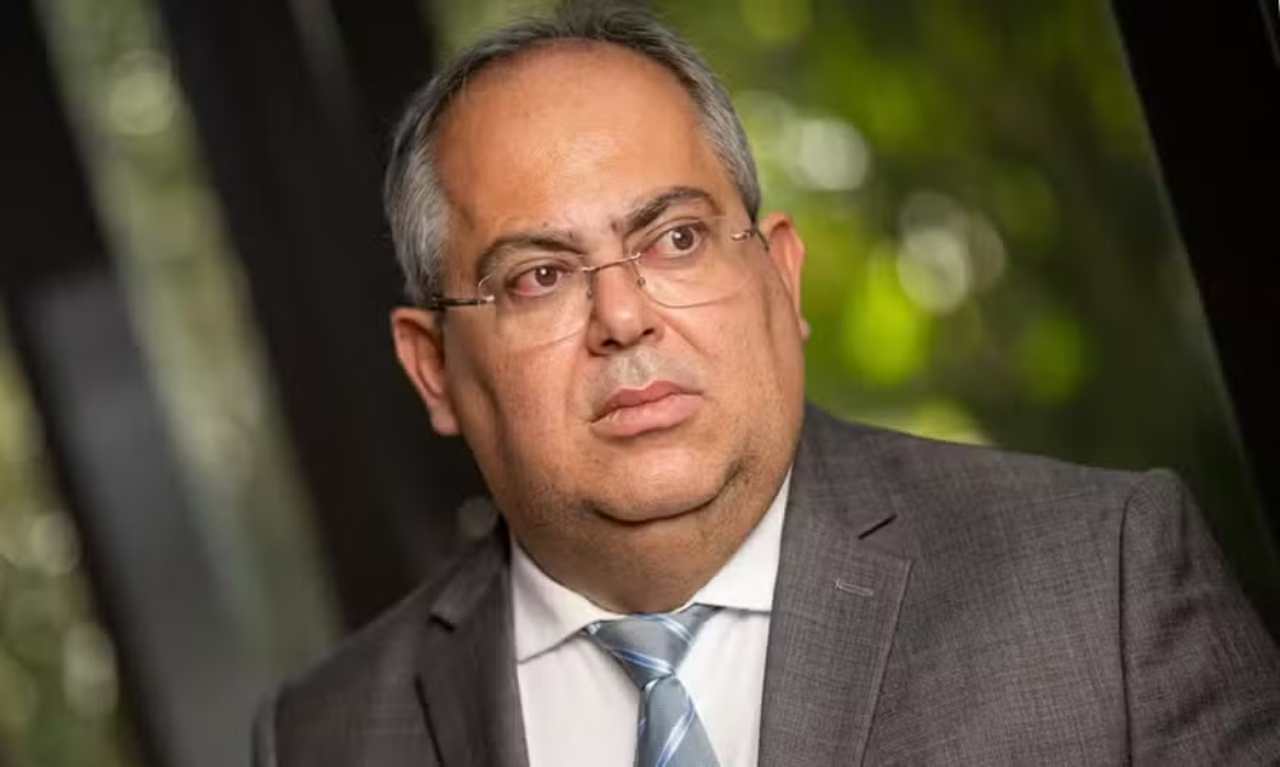Brazil remains a challenging market for the company.
Syngenta, one of the largest multinationals in the input sector, recorded $6.8 billion in sales for the third quarter of this year, according to financial results released on Wednesday (October 30).
Of this total, $3.4 billion came from the agricultural segment (Crop Protection), reflecting a $1 million decrease compared to the same period in 2023, primarily due to the Brazilian market facing climatic challenges and a more hesitant producer in purchasing decisions. This represented a decline of 3%.
According to the year-over-year comparison of total sales for the third quarter, the figure remained “stable,” with a slight growth of 4% when viewed through the lens of constant exchange rates (CER), the company reported.
Earnings before interest, taxes, depreciation, and amortization (EBITDA) for the quarter more than doubled, reaching $7 million, an increase of 112% compared to the same period in 2023.
For the first nine months of 2024, the group reported sales of $21.4 billion, a decline of 12% from the previous year, while the accumulated EBITDA was $2.7 billion, down 23% compared to the same period in 2023—something the company anticipated given the tight results of the first half.
The group indicated that a recovery occurred, as expected, between July and September. However, “the performance of the Crop Protection sector was affected by adverse weather conditions in key markets, which reduced demand for inputs,” the statement released today to investors noted.
The company added that price pressure and lower profitability for farmers also influenced sales. On a positive note, Syngenta emphasized a moment of recovery: “The crop protection market has begun to show signs of recovery, with channel inventories approaching normal levels.”
Adverse weather conditions and reduced stock levels in distribution channels negatively impacted the first nine months of 2024, Syngenta acknowledged. “However, inventory levels are beginning to normalize, with steady demand for new technologies,” the company reiterated.
Looking ahead, Syngenta stated that it will continue to focus on operational efficiency and cash flow generation, while also investing in research and development (R&D). “A gradual market recovery is expected after the first half of 2025, with less impact from low commodity prices and excess capacity,” the statement outlined.
Price pressure and lower profitability for farmers have also influenced sales. The crop protection market has started to show signs of recovery with channel inventories nearing normal levels. In Argentina, for example, sales were affected by market declines exacerbated by adverse weather conditions, which led to diseases and pests in crops. The corn leafhopper, for instance, has once again become a concern for many corn producers.
Conversely, during the same period, the seed segment showed a modest increase in Argentina, balancing the business in the country. “There was a 3% growth in sales, driven by demand for new seed varieties, despite the downturn in Argentina,” the company stated.
In China, Syngenta reported an 11% increase in sales for the third quarter of 2024, attributed to the launch of new products and the expansion of biologicals.
Owner of Adama, the company did not report favorable results from the brand. The third quarter of the year recorded a 10% decline in sales, “impacted by a challenging environment for suppliers of post-patent active ingredients, although margins improved,” the note sent to the market this morning detailed.





